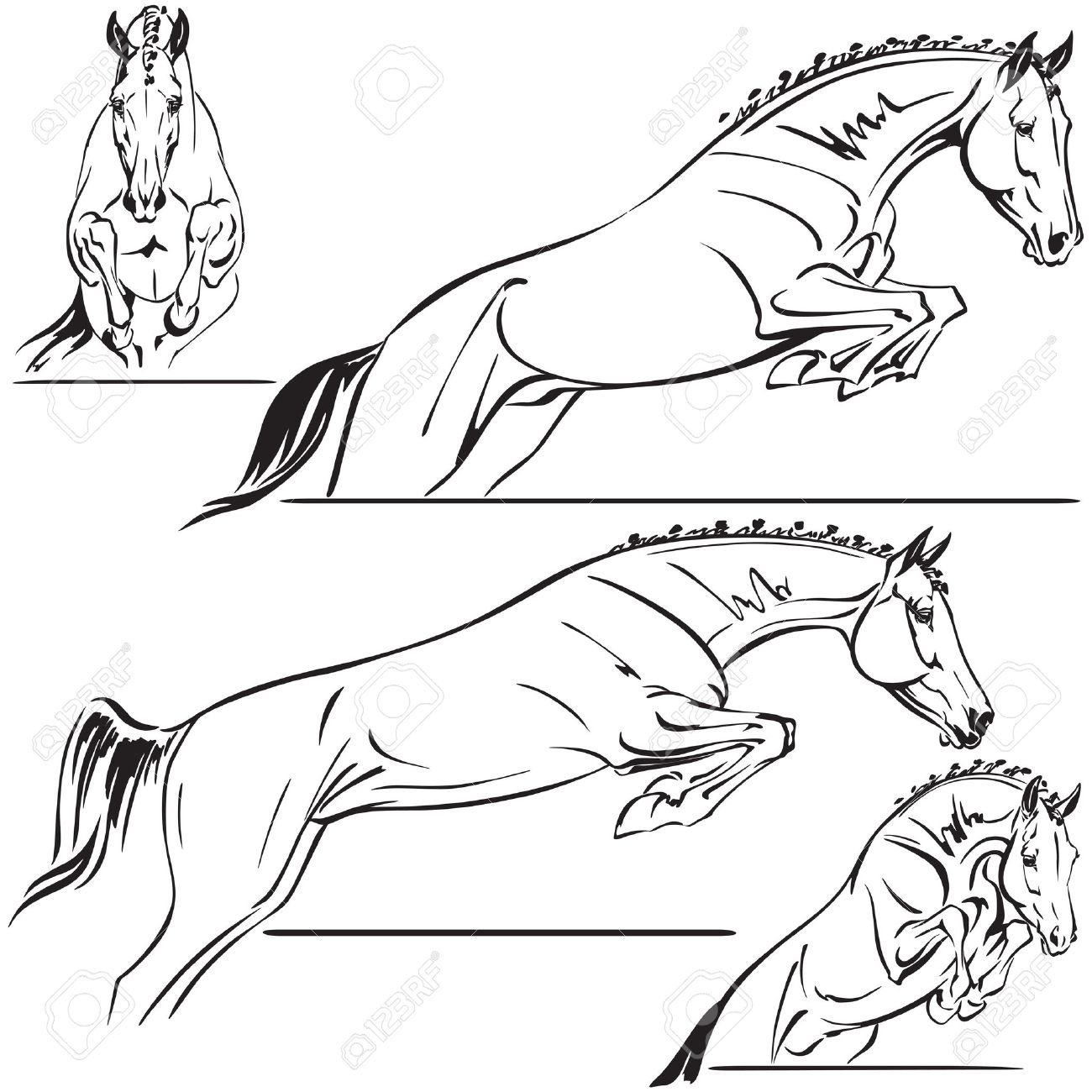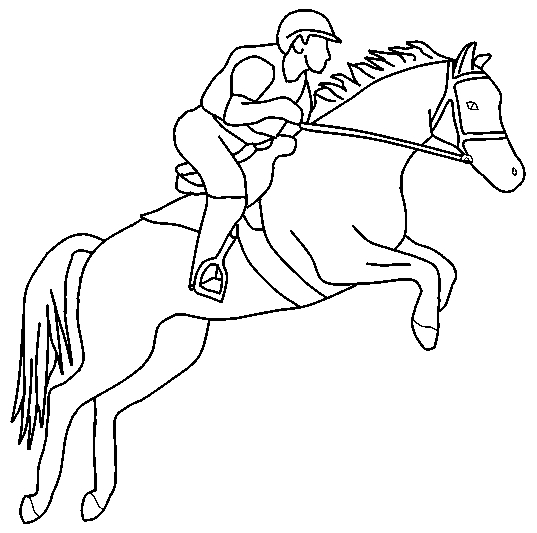
The horse will swap the leading leg on hind end and front to the other lead. Flying ChangeĪ flying change is when a horse changes from one lead to the other at the canter (e.g. FaultĪ fault is a 4-point penalty given when a horse knocks a rail down or has a refusal. It also refers to the accuracy of rider aids, like softness of hands, overall ability to maintain a strong, consistent position, and ability to communicate with the horse.Įquitation differs across disciplines and in the case of jumping, while equitation can also refer to a class that specifically judges riders on their equitation, it is also an important component of all jumping disciplines. This refers to the rider’s position on the horse, maintaining what correct posture is determined to be for their particular discipline. EquitationĮquitation describes the art of correctly riding the horse. Show jumpers should be adjustable enough to take long or deep distances depending on the situation and the type of stride the rider is asking for. The difference is, when done intentionally, a horse can take a deep stride without adding that awkward half stride. Getting a deep stride is a similar idea to chipping in that you are jumping from close to the base of the jump. These types of lines require more preparation from the rider on landing as the horse will not be mentally locked onto the next jump and ready for it in the same way as straight lines where the next jump is immediately in view. Dog Leg LineĪ dog leg line is a line where the rider and horse will land from one jump and curve on a bending line to the next jump. New to the sport? Check out our 26-Page Horse Rookie’s Guide to Jumping. Jumping disciplines have a shorter whip length requirement than that for dressage, so jumper whips have the leather end on the whip rather than a feathered loop like dressage. They are shorter whips with a leather piece at the end and are commonly used in jumping. This is where riders and their trainers will walk the course on foot to measure strides between fences and make a plan for their route when they ride it later.Ĭourse walks also allow riders to get a close up view of fences and plan for the type of ride their specific horses will need.Ī crop is a synonym for a whip. The course walk is done prior to show jumping classes. Clear RoundĪ clear round in show jumping is when the horse and rider pair make it through the round without taking a rail and without adding any time faults. It is referred to as chipping in because it is a rather abrupt and last minute adjustment from the horse, generally due to not being set up correctly and needing to take the extra half stride in lieu of taking a faraway distance or having to jump from virtually underneath the fence. Chip / Chip InĬhipping in is when the horse and rider pair do not get a good distance to a fence and, as a result, the horse adds an awkward half stride just before take off. Riding up to the base of the jump is a commonly used phrase from trainers to encourage students to maintain rhythm all of the way up to the fence and avoid longer distance take offs. If you picture a small rectangle just before the fence, this would be the base. Some show organizations require amateurs to purchase an amateur card each year to display upon registering for shows and confirm their status.

They are eligible for amateur classes if they are 18+ as of January 1st of the calendar year and do not qualify as a professional.
#Horse jumping line drawing professional#
Soon enough, you will have a sketch of this hooved animal.Click to learn more about our course walk course! A-Z Horse Jumping Terminology Adult AmateurĪn adult amateur is a rider who has aged out of being a junior rider (under 18 as of January 1st of the calendar year) but has not declared as a professional rider.
#Horse jumping line drawing how to#
So sit cool and follow the set of How to Draw a Horse Jumping instructions. How to Draw a Horse Jumping will lead you into sketching a horse that will most likely fall under hot bloods. One of the fondest experiences we could ever have is perhaps riding a horse! Those who are into the industry of domesticating horses share that there are basically three group of horses categorized based on their ‘”temperament”: “hot bloods” are those trained for great speed and endurance “cold bloods” are what they call those trained for a slower pace in aid of heavy tasks and “warm bloods” are what they call those trained basically for riding. They are also featured in races and other sports and entertainment. Horses were widely used in war in the olden days.


According to experts, there are still a few of them out there. Horses generally fall under the category of domesticated animals but how I hope to see a hors living in the wild.


 0 kommentar(er)
0 kommentar(er)
